Salvadoran farm workers load piles of indigo plants onto a truck in the field near San Miguel, El Salvador.
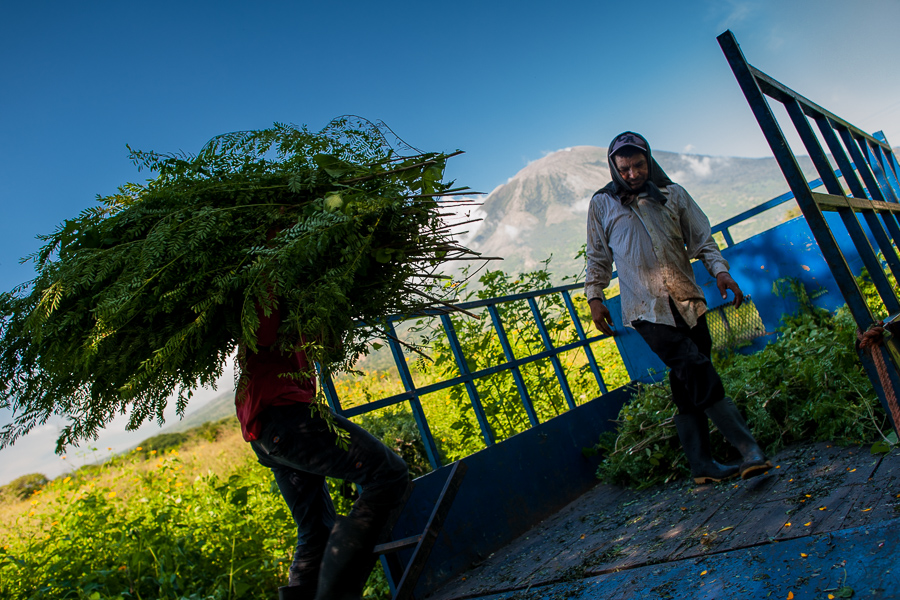

A Salvadoran farm worker loads the leaves and branches of the indigo plants into a concrete tank to macerate at the semi-industrial manufacture near San Miguel, El Salvador.
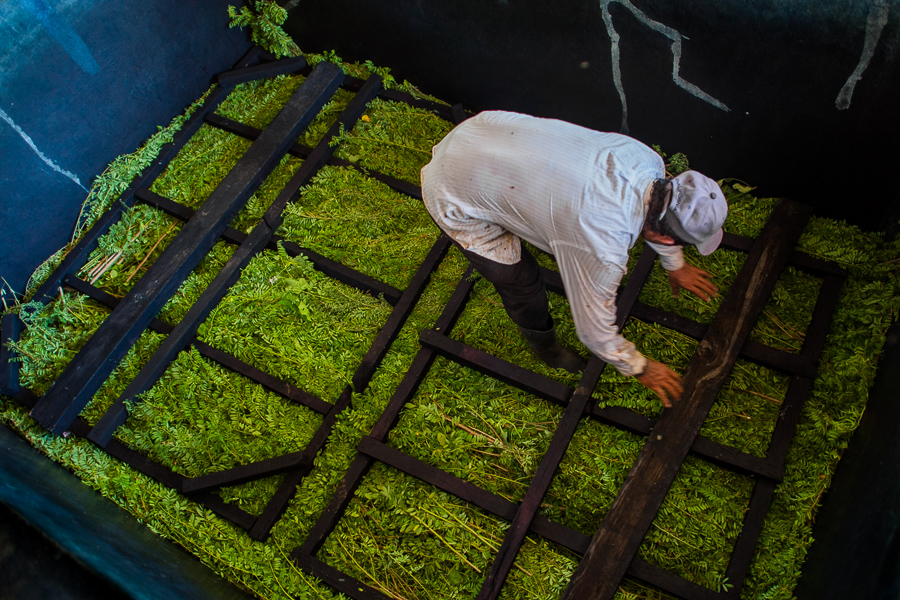

A blue foam is seen at the top of the water solution containing indigo, while being stirred in a concrete tank at the semi-industrial manufacture near San Miguel, El Salvador.
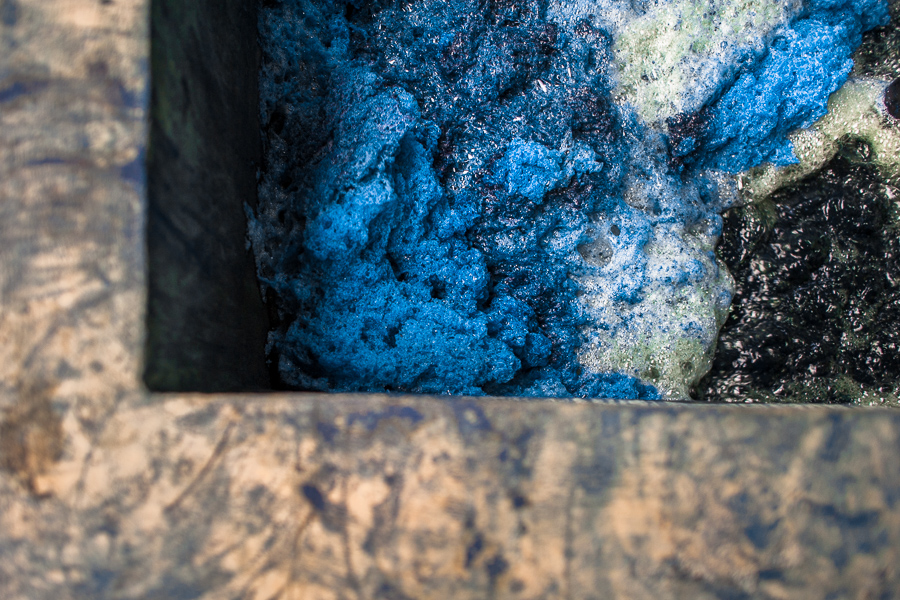

Miguel Ventura, a Salvadoran natural indigo producer, pours liquid indigo solution onto a cloth sheet to filter out the water at the semi-industrial manufacture near San Miguel, El Salvador.
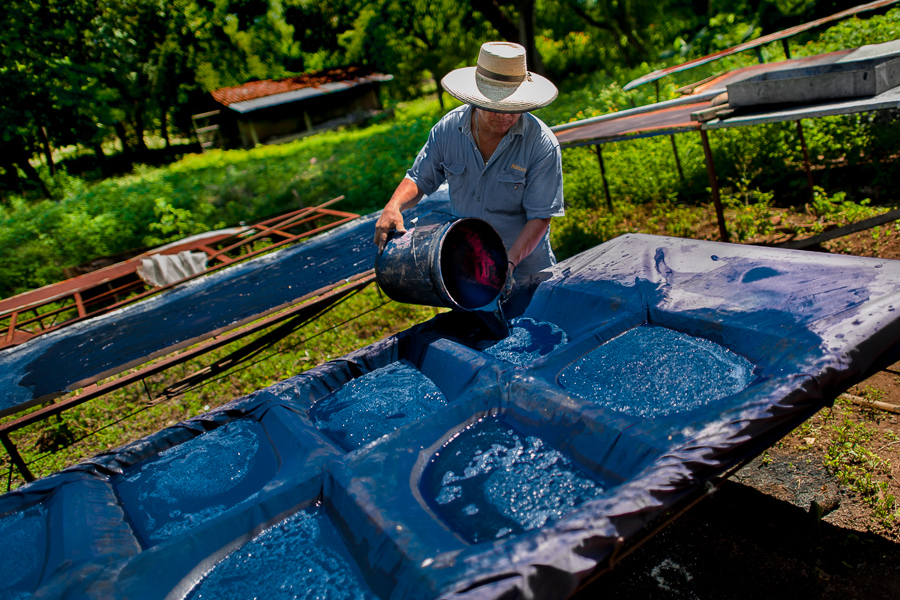

Cracked rocks of indigo paste, dried on the sun, are seen in the metal box at the semi-industrial manufacture near San Miguel, El Salvador.
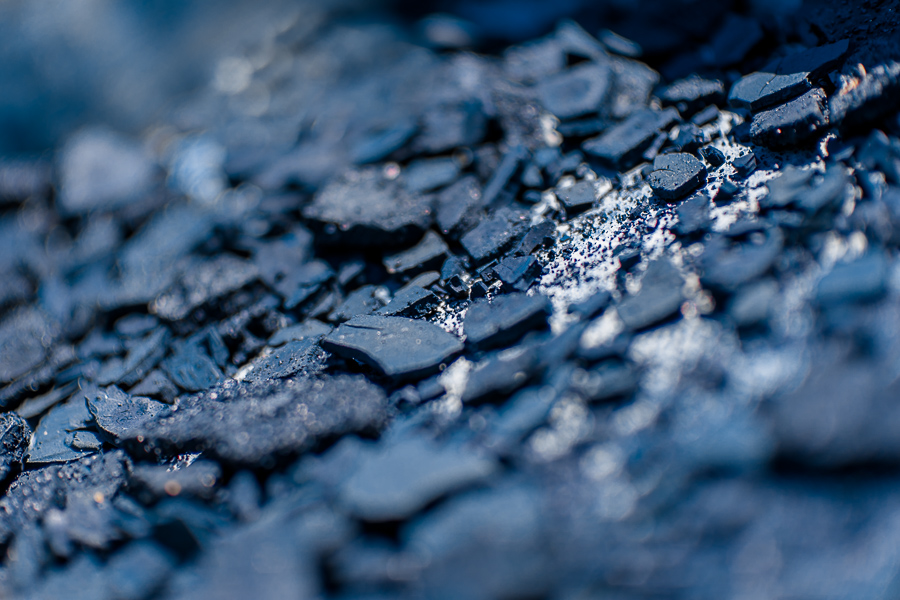

A natural indigo powder, packed in a plastic bag, is seen at the semi-industrial manufacture near San Miguel, El Salvador.
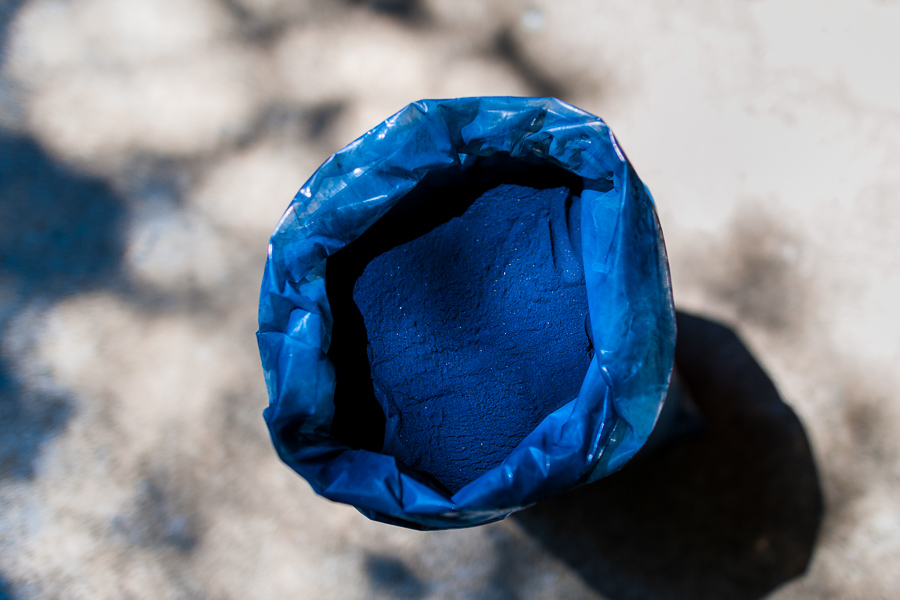

Indigo production
San Miguel, El Salvador – November 2016
For centuries, indigo, a natural deep blue dye extracted from the leaves of tropical plants (Indigofera), has been known to the native indigenous inhabitants of Central America who used the blue tincture to color their fabrics and pottery. Although demand for natural indigo dropped significantly at the end of 19th century when a synthetic indigo was firstly introduced, commercialization of natural indigo has risen again during the last decades. Small-scale indigo farms, processing the crop on sustainable and ecological basis, are growing throughout the country, returning El Salvador to the place of the main natural indigo producer in Latin America.

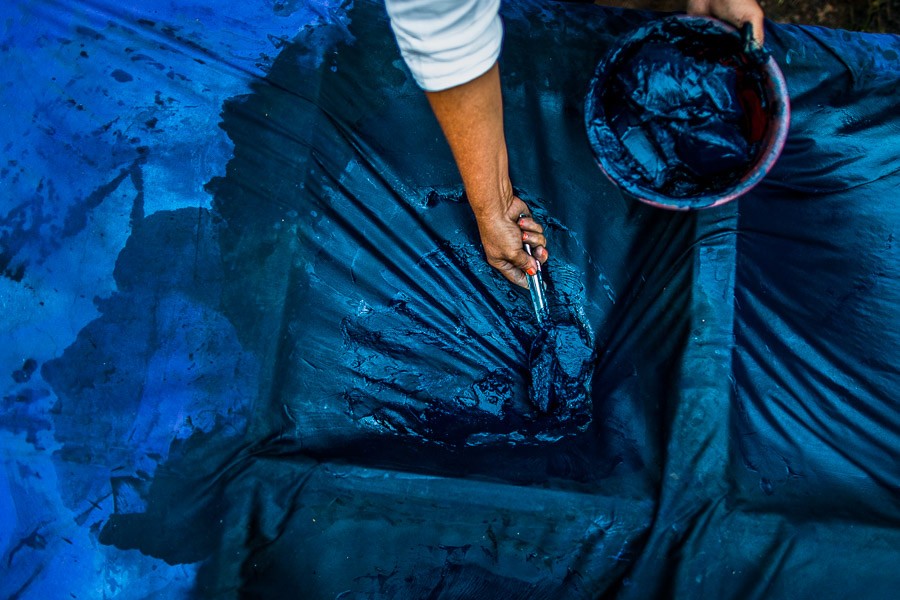
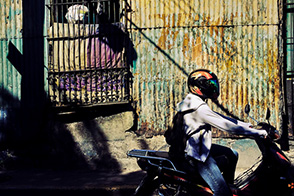
no comments yet